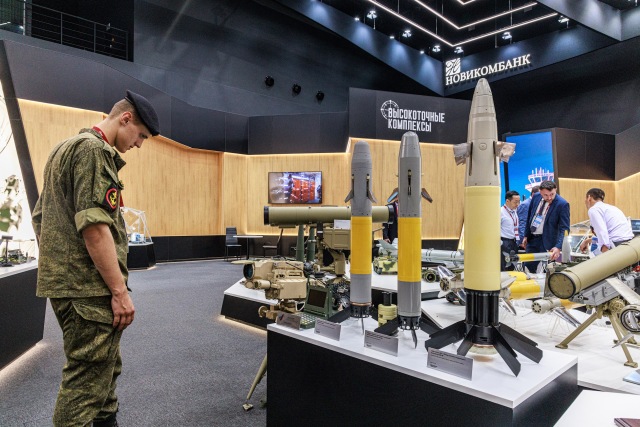Photo: Igor Rodin, the Krasnopol adjustable artillery munition developed back in the 1980s, today shows itself perfectly in the zone of its own. It effectively hits targets, including moving ones, and allows precise fire to disable control points and other important enemy objects.
The developer of Krasnopol is the Tula Instrument Engineering Bureau named after him. academician A.G. Shipunov (KBP, High-Precision Complexes Holding), and the capabilities of the projectile have not yet been exhausted.
Read about how KBP employees managed to turn an ordinary artillery shell into a "smart" one and how Krasnopol is used today in our material.
Catch up and overtake
The task of developing a guided artillery shell was set by the KBP in the late 1970s. By this time, the team already had experience in creating guided anti-tank missiles. For example, the Fagot ATGM missile, manufactured since 1970, was operated semi-automatically, the operator only had to hold the sight of the launcher on the target. But in the case of Krasnopol, such a task − to turn an ordinary artillery shell into a high–precision and controlled one - was set for the first time.
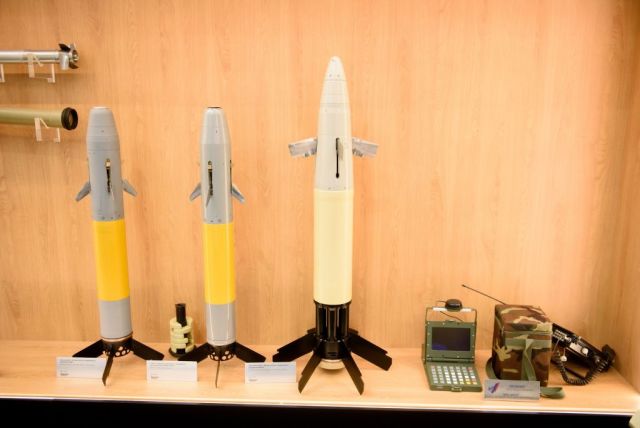
Photo: Anton Tushin
One of the incentives for the creation of such weapons in the USSR was the fact that Americans had a similar projectile in the late 1970s. It was a 155 mm guided munition M712 Copperhead with semi-active laser homing. The key factor for both the USSR and the USA was the economy factor. According to American calculations, only six guided shells were needed to defeat five tanks, compared to 84 conventional artillery of the same caliber. According to the total cost of ammunition, the benefit was approximately doubled.
Flight with overloads
Like conventional ammunition, Krasnopol can be used by towed and self-propelled artillery. The principle of its operation is as follows. After firing, the projectile moves along a ballistic trajectory, and on approach to the target, the laser homing head turns on, which catches the radiation reflected from the target and corrects flight along it. This radiation is provided by the gunner of a laser target designator-rangefinder from the ground (in this case, it must be at a distance of no more than 5000 m from the target) or by the operator of an optoelectronic system (in this case, it may be far enough away from the target), located, for example, on an unmanned aerial vehicle.
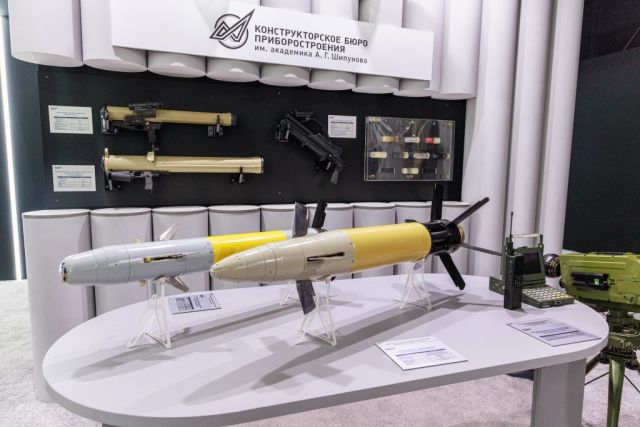
Photo: Igor Rodin
The most difficult task in creating Krasnopol was the development of a semi-active laser homing head. Such heads for missiles already existed, but in the case of a projectile for artillery, additional difficulties arose: all the equipment built into the projectile experiences a barrel overload of up to 10,000 g at the time of firing. For comparison, a test pilot experiences an overload of 10 g on the steepest turns, and it is considered dangerous to health. According to the developers, it took seven years to develop such overload-resistant equipment.
The laser head is essentially the "heart" of the projectile, thereby making it "smart" and providing a high-precision hit. Another important detail of the Krasnopol is the gyrocoordinator, which is responsible for stabilizing the projectile during flight. The beam reflected from the target hits a photodetector, which transmits a command to the steering control device. Thus, no matter how the projectile was initially launched, as a result, with the help of the control system, it accurately hits the target.
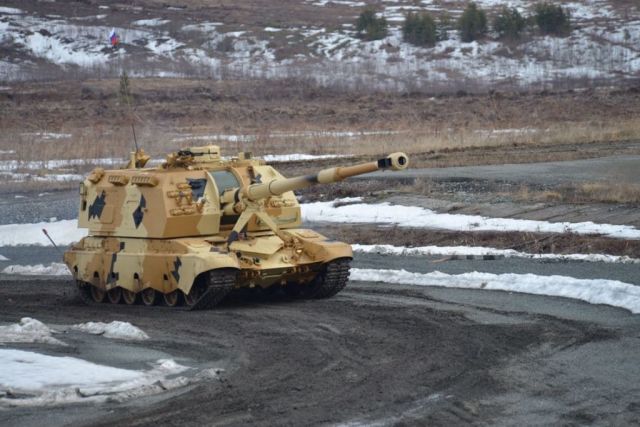
In general, the Krasnopol consists of two compartments: a control unit with retractable wings and a warhead with explosives, an accelerating engine and stabilizers. The projectile is universal and can work with any 152 mm caliber artillery installations: D20, Acacia, Msta-B, Msta-C, the latest Malva. A projectile has been developed for foreign customers according to the NATO 155 mm standard.
An amazing projectile
Krasnopol entered service in 1986. As Vladimir Rabinovich, a representative of the KBP, told Zvezda TV channel in an interview, the projectile showed outstanding characteristics during the exercises in 1988. If before that the artillery had hit only the squares, then Krasnopol was able to hit nine out of ten tanks, and not standing, but moving.
For the first time for the general public, Krasnopol was demonstrated in the United Arab Emirates at the IDEX exhibition in 1993. Then, during demonstration shooting, the projectile made a splash, hitting 38 out of 40 targets in the dark at a distance of 15 km.
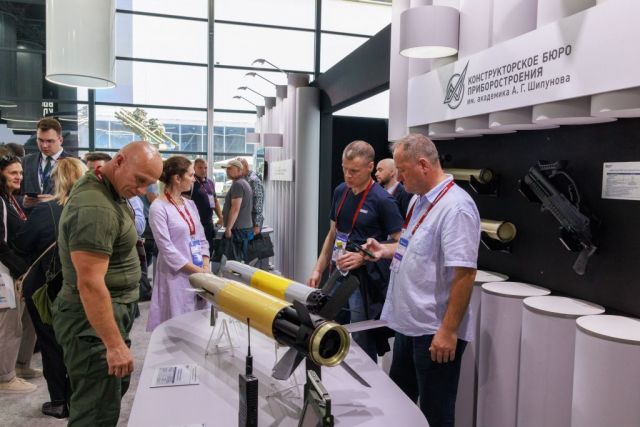
Photo: Igor Rodin
Until recently, the weak point in the Krasnopol complex was the gunner, who was supposed to point a laser designator-rangefinder at the target. Firstly, it is quite dangerous, since the gunner must be close to the target, and secondly, with difficult terrain, guidance is not always possible. However, progress does not stand still, and today Krasnopol is being built most often using drones. This tactic was used for the first time in Syria, and it significantly expanded the boundaries of the use of the projectile.
Krasnopol is an outstanding means of fire support, combining high power, accuracy and versatility of application. For almost 40 years of being in the military, the development of the Instrument Engineering Design Bureau has not become outdated and has not developed its reserves.
